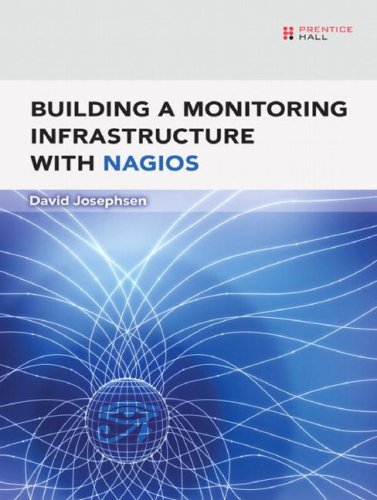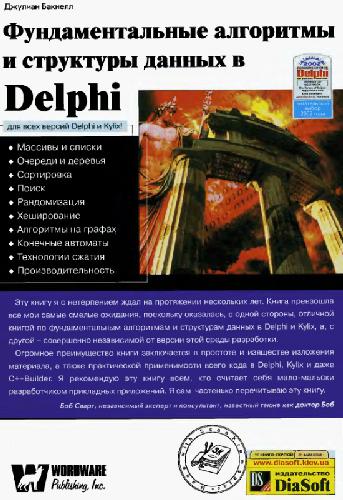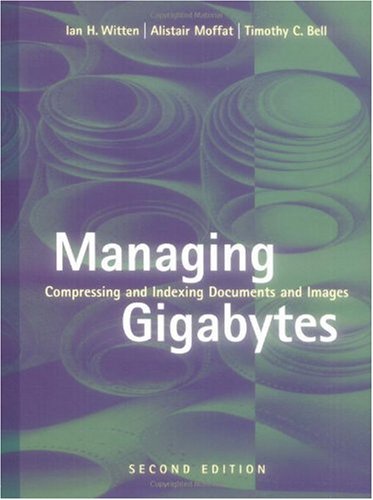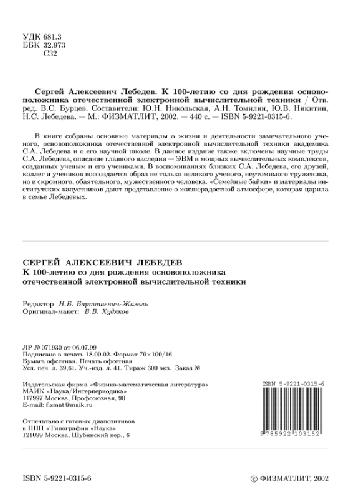David Josephsen9780132236935, 0-13-223693-1
Table of contents :
Building a Monitoring Infrastructure with Nagios……Page 1
Contents……Page 8
Acknowledgments……Page 14
About the Author……Page 16
About the Technical Reviewers……Page 18
Do it Right the First Time……Page 20
Why Nagios?……Page 21
What’s in This Book?……Page 23
Who Should Read This Book?……Page 25
A Procedural Approach to Systems Monitoring……Page 26
Bandwidth Considerations……Page 29
Network Location and Dependencies……Page 31
Security……Page 32
Silence Is Golden……Page 34
Who’s Watching the Watchers?……Page 36
CHAPTER 2 Theory of Operations……Page 38
Starting from Scratch……Page 39
Hosts and Services……Page 40
Interdependence……Page 41
The Down Side of Hosts and Services……Page 42
Exit Codes……Page 43
Remote Execution……Page 45
Check Interval and States……Page 48
Distributing the Load……Page 51
Reapers and Parallel Execution……Page 52
Global Gotchas……Page 53
Notification Options……Page 54
Time Periods……Page 55
Scheduled Downtime, Acknowledgments, and Escalations……Page 56
The Web Interface……Page 57
Monitoring……Page 58
Reporting……Page 61
Performance Data……Page 62
The Event Broker……Page 63
OS Support and the FHS……Page 64
Installing Nagios……Page 66
Configure……Page 67
Make Install……Page 69
Patches……Page 70
Colored Statusmap Patch……Page 71
Installing the Plugins……Page 72
Installing NRPE……Page 73
CHAPTER 4 Configuring Nagios……Page 76
Objects and Definitions……Page 77
nagios.cfg……Page 79
The CGI Config……Page 82
Templates……Page 83
Timeperiods……Page 85
Commands……Page 86
Contacts……Page 87
Hosts……Page 89
Services……Page 91
Hostgroups……Page 93
Escalations……Page 94
Dependencies……Page 95
Apache Configuration……Page 97
GO!……Page 98
CHAPTER 5 Bootstrapping the Configs……Page 100
Scripting Templates……Page 101
Nmap and NACE……Page 104
Namespace……Page 106
Fruity……Page 107
Monarch……Page 108
Local Queries……Page 110
Pings……Page 111
Port Queries……Page 113
Querying Multiple Ports……Page 115
(More) Complex Service Checks……Page 117
E2E Monitoring with WebInject……Page 119
The Windows Scripting Environment……Page 123
COM and OLE……Page 125
WMI……Page 126
To WSH or not to WSH……Page 130
To VB or Not to VB……Page 131
The Future of Windows Scripting……Page 132
NRPE……Page 134
NSClient/NSCPlus……Page 136
Watching UNIX……Page 137
CPU……Page 138
Memory……Page 141
Disk……Page 143
SNMP……Page 144
Working with SNMP……Page 147
Environmental Sensors……Page 151
Stand-alone Sensors……Page 152
LMSensors……Page 153
IPMI……Page 154
CHAPTER 7 Visualization……Page 156
Foundations, MRTG, and RRDTool……Page 157
RRDTool……Page 160
RRD Data Types……Page 161
Heartbeat and Step……Page 162
Round Robin Archives……Page 164
RRDTool Create Syntax……Page 165
Shopping for Glue……Page 170
NagiosGraph……Page 171
RRDTool Graph Mode……Page 174
RPN……Page 177
Shopping for Front-Ends……Page 179
drraw……Page 180
Management Interfaces……Page 183
Know What You’re Doing……Page 184
RRDTool Fetch Mode……Page 187
The GD Graphics Library……Page 189
NagVis……Page 191
GraphViz……Page 192
Sparklines……Page 194
Force Directed Graphs with jsvis……Page 196
Function References and Callbacks in C……Page 198
The NEB Architecture……Page 200
Implementing a Filesystem Interface Using NEB……Page 203
APPENDIX A: Configure Options……Page 218
APPENDIX B: nagios.cfg and cgi.cfg……Page 222
Nagios Binary……Page 232
check_ping……Page 233
check_tcp……Page 234
check_http……Page 236
check_disk……Page 238
check_procs……Page 240
C……Page 242
E……Page 245
H……Page 246
J–L……Page 247
M……Page 249
N……Page 250
O……Page 251
Q……Page 252
S……Page 253
V……Page 254
W–Z……Page 255







Reviews
There are no reviews yet.